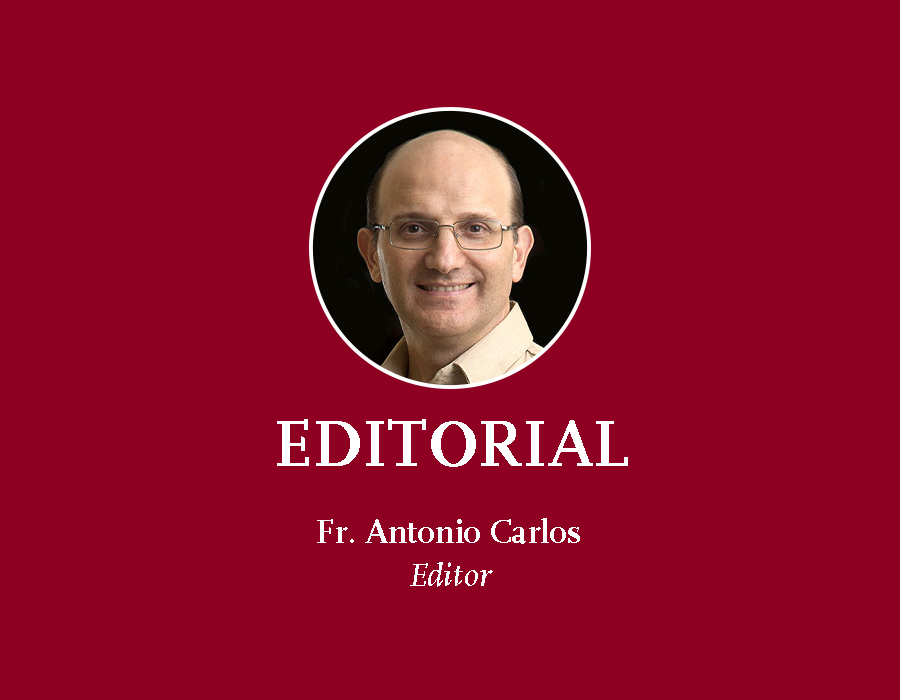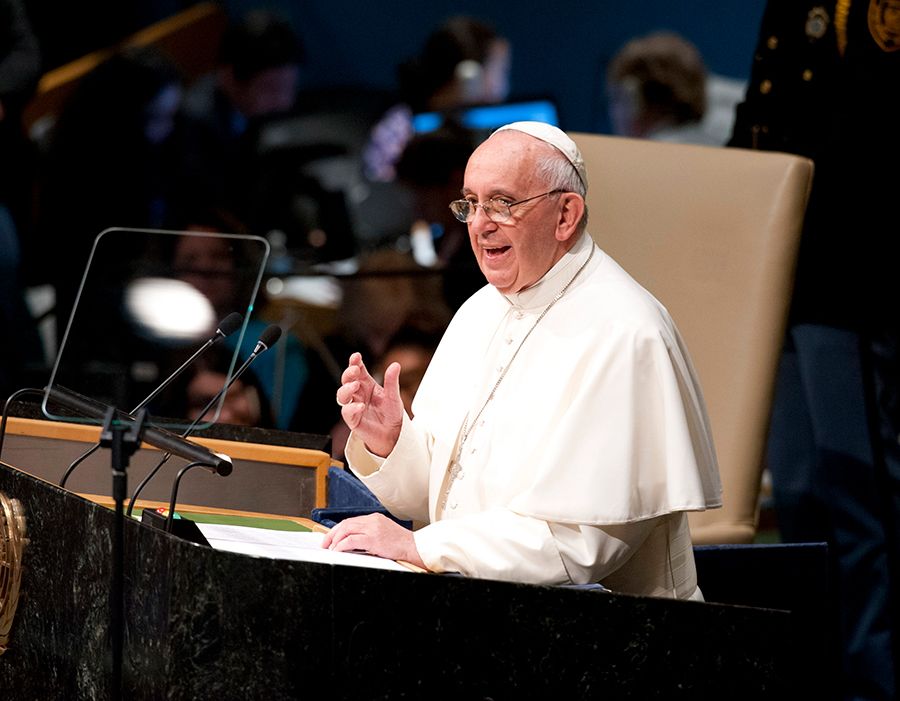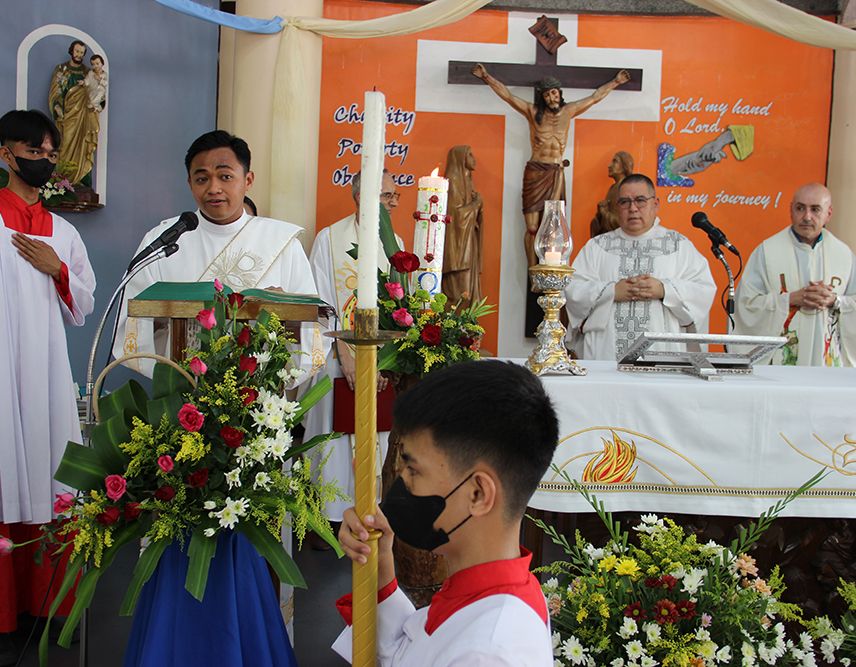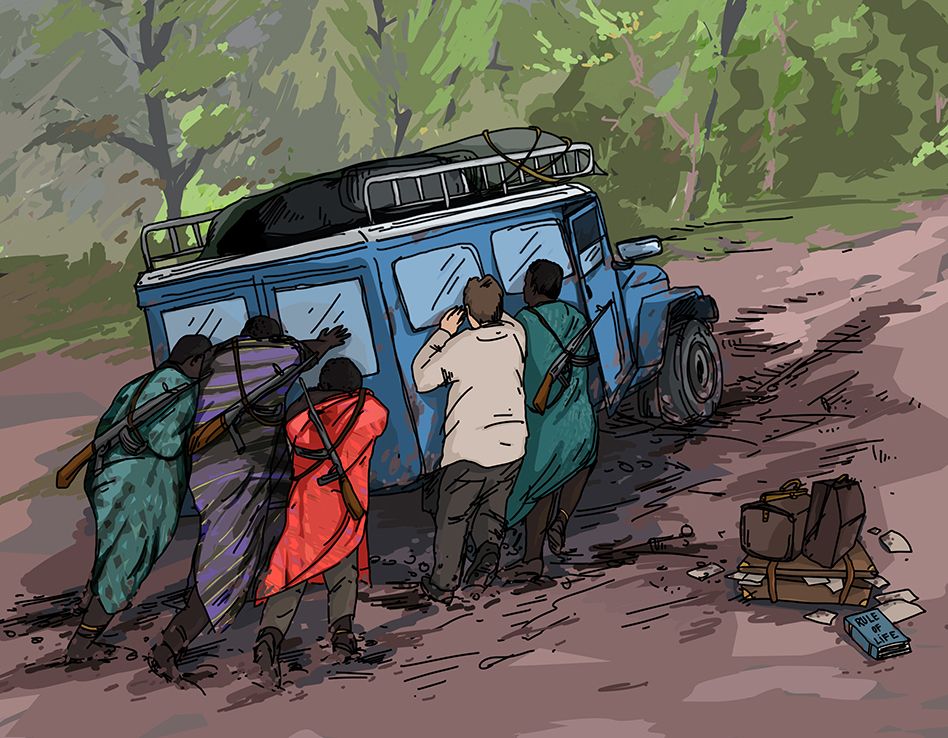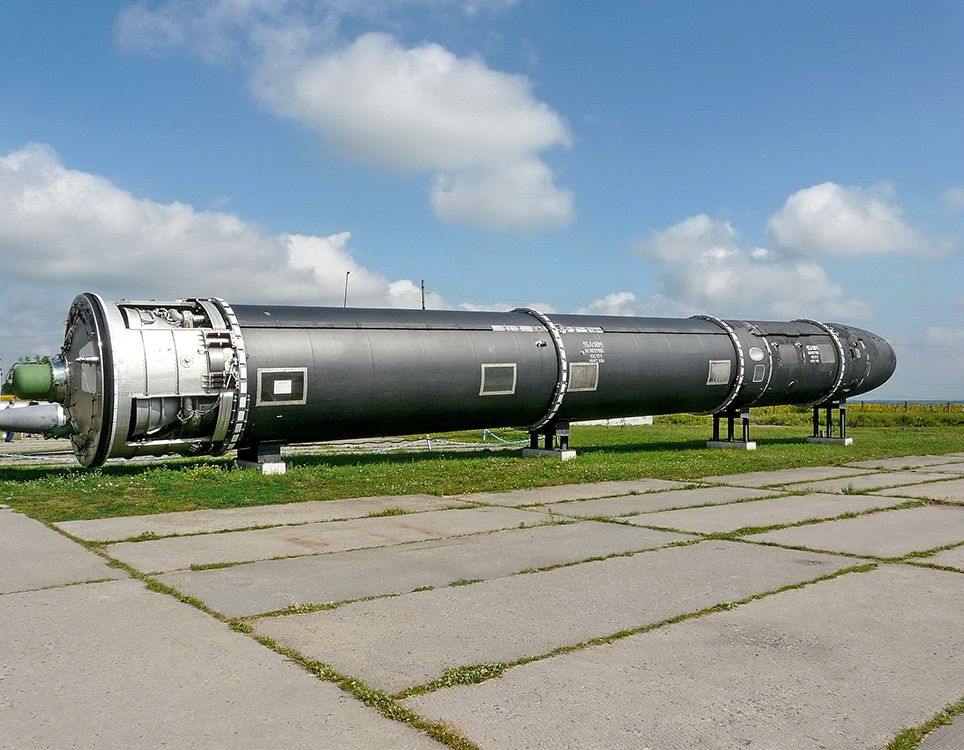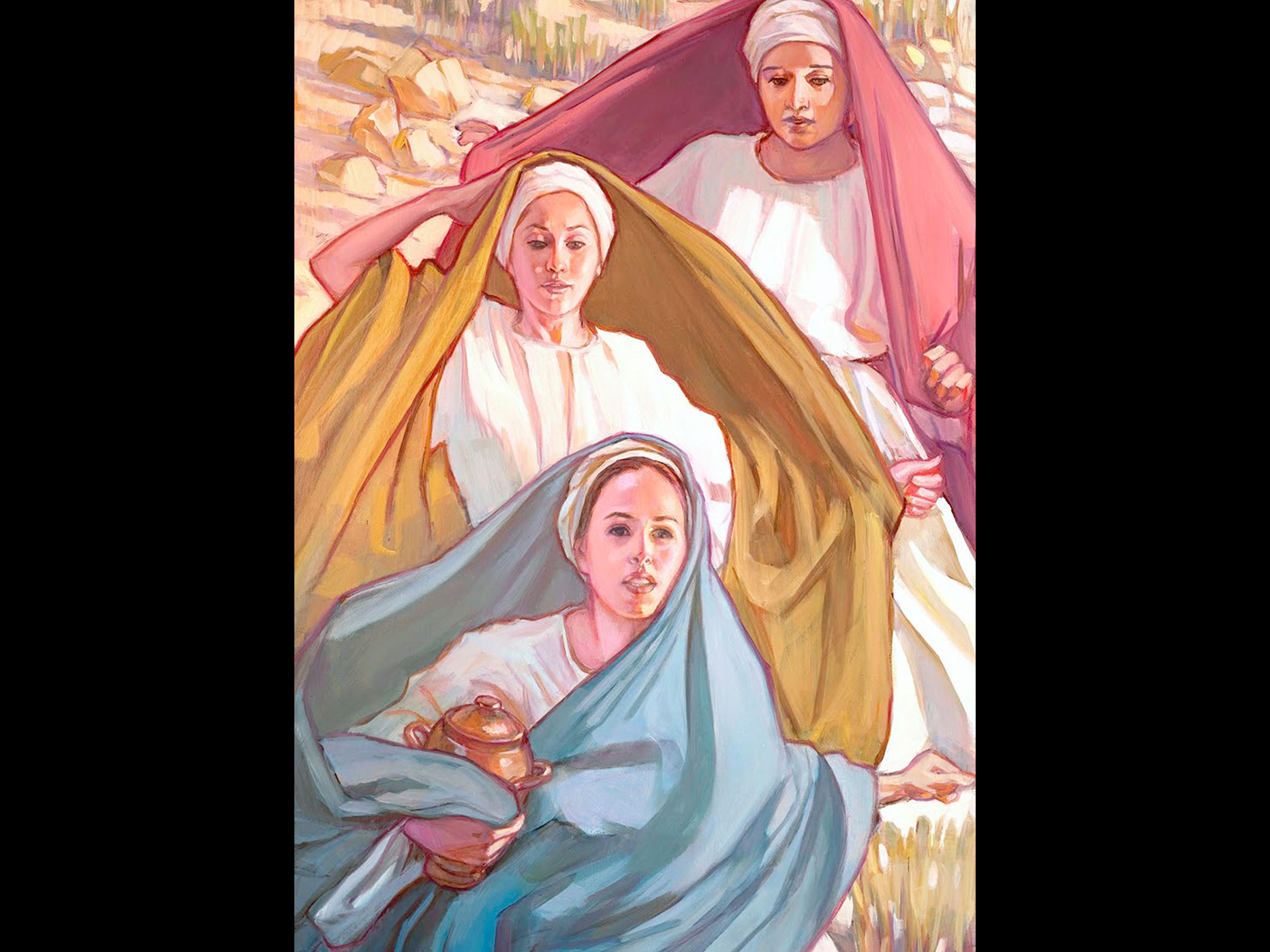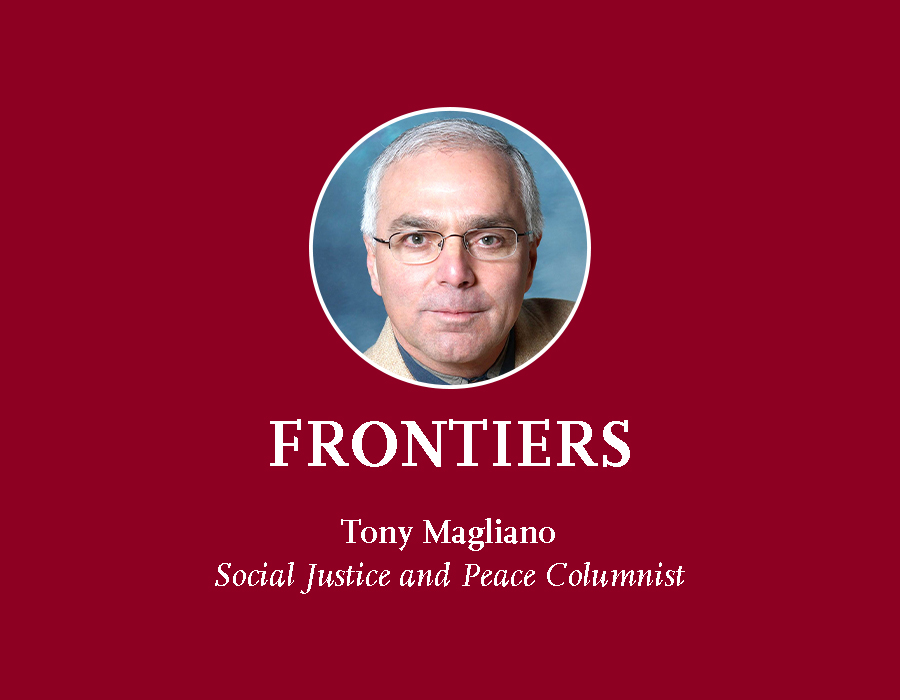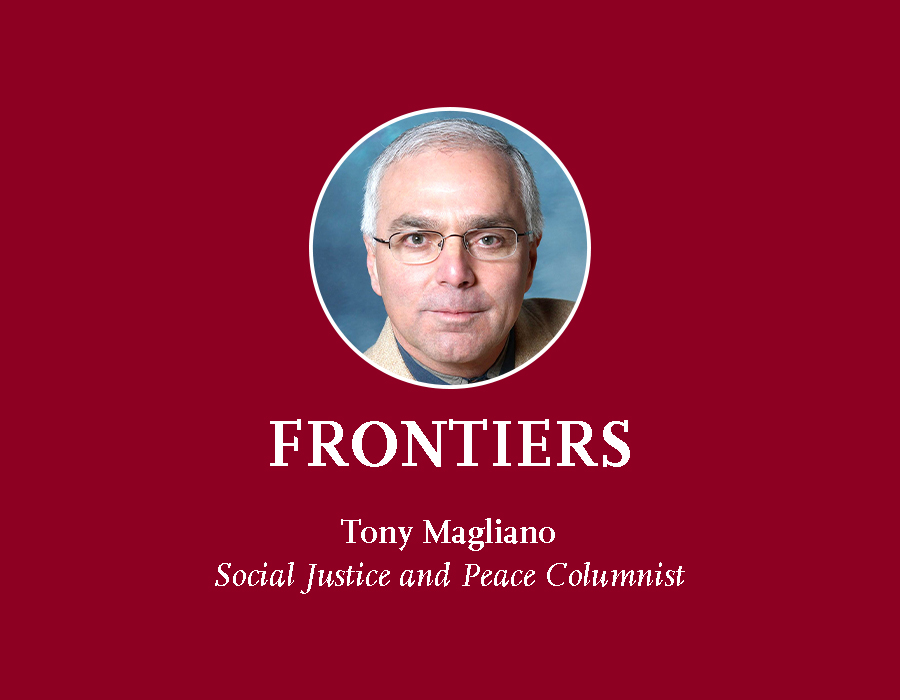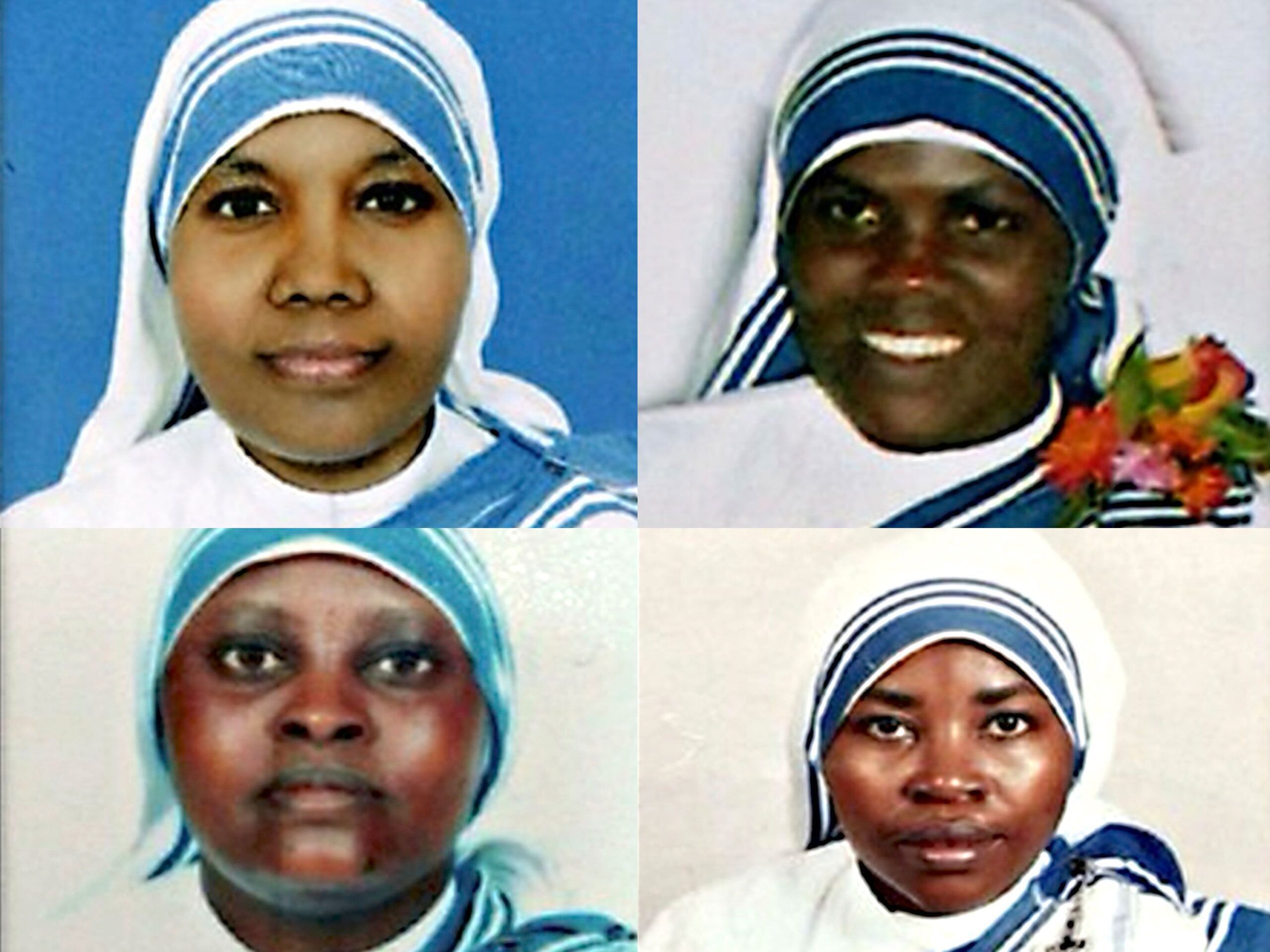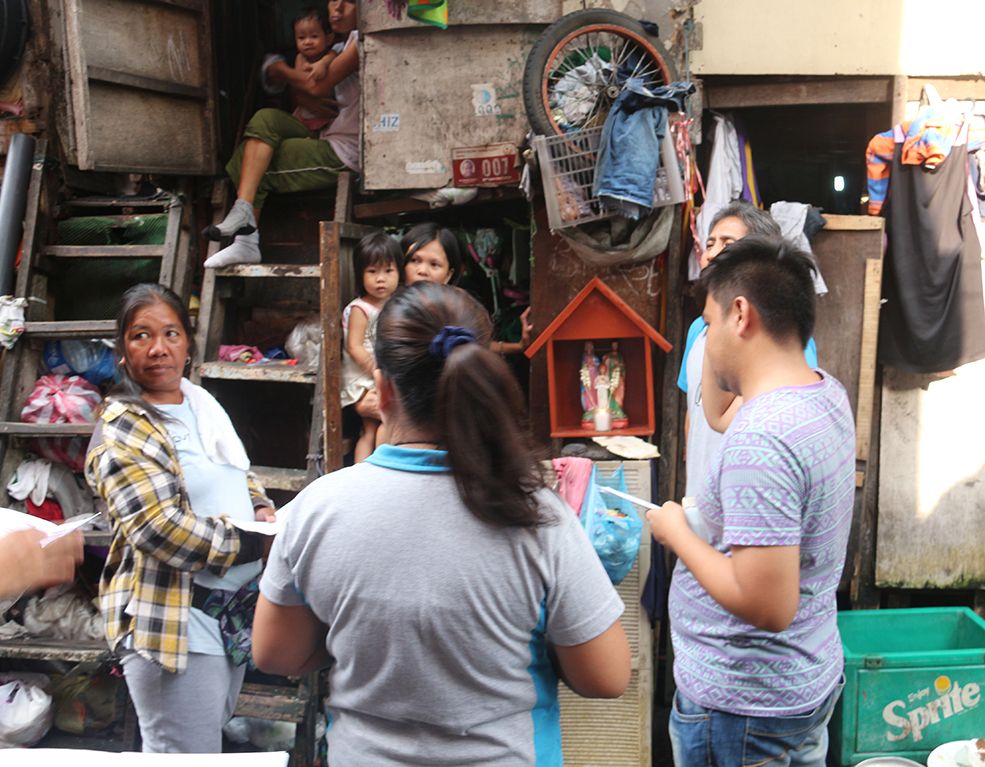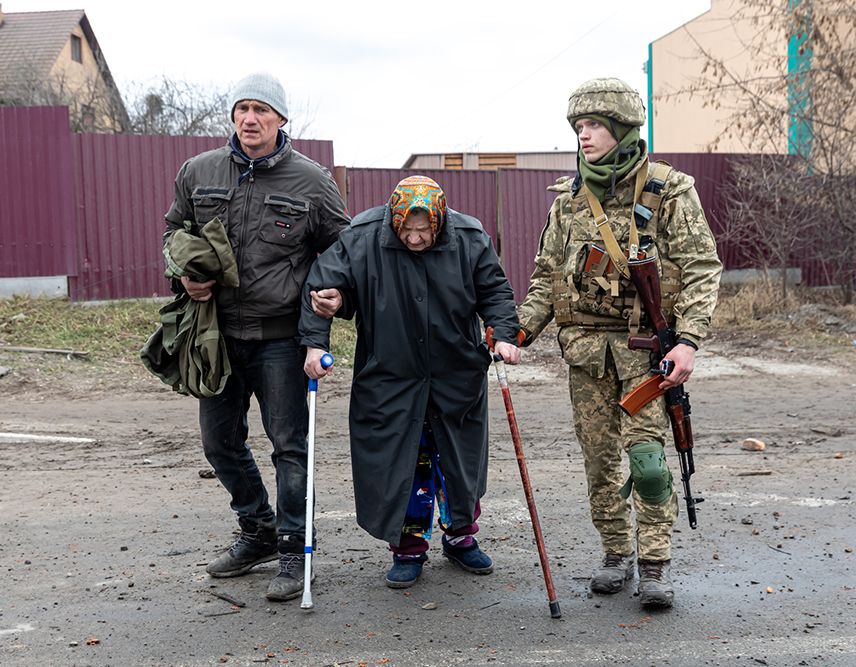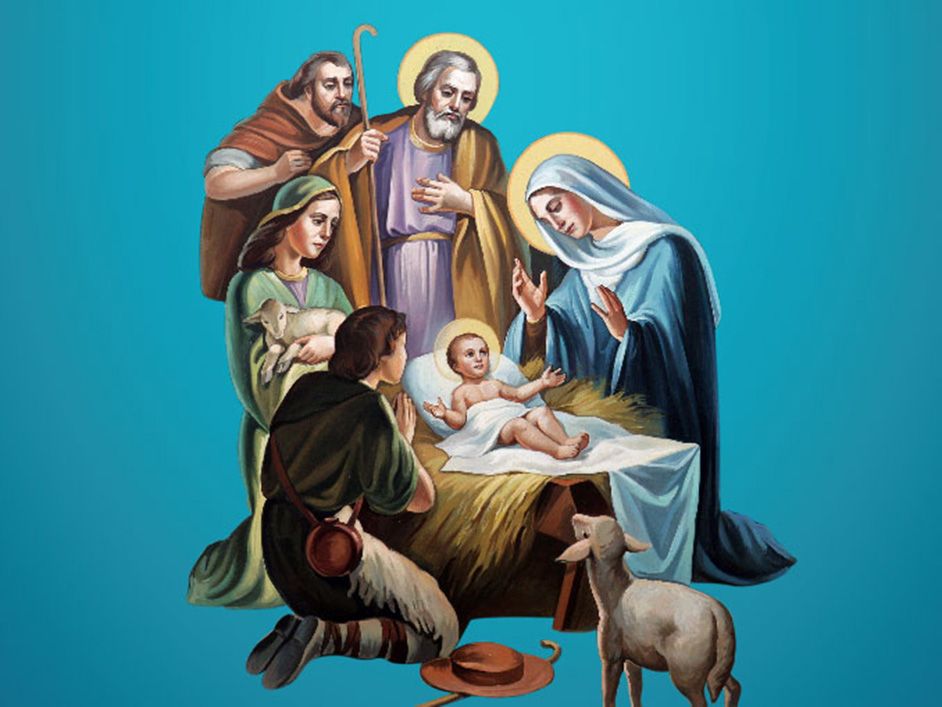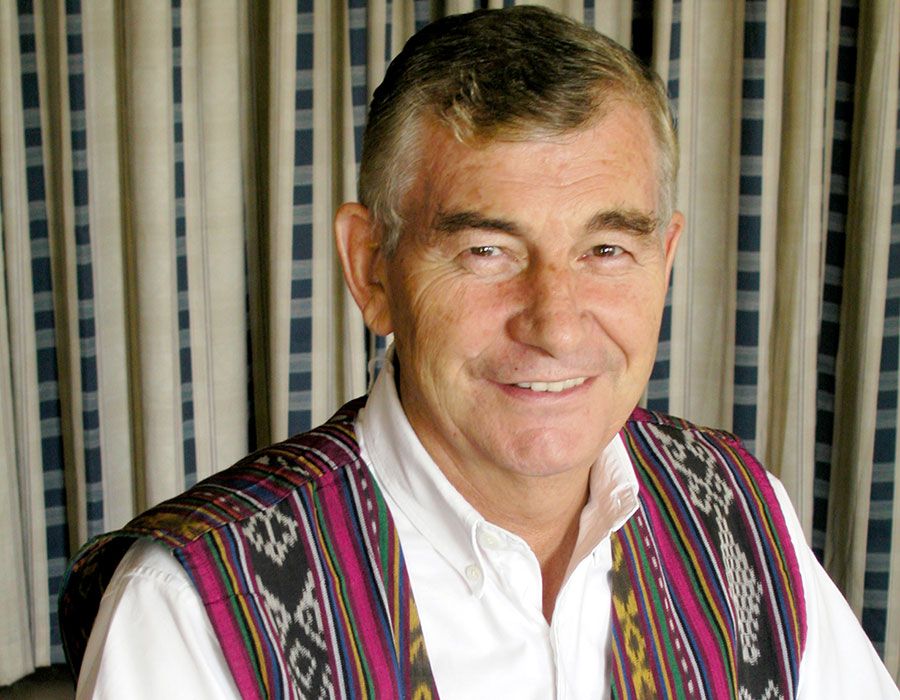The six-year old boy in Virginia, USA went to school as millions do every day but he was different. He had a tendency of violent behavior. He bullied other children, picked fights, kicked others and was unruly in the classroom. This day, he reached into his backpack, took out a gun and fired three shots at his teacher. She was seriously wounded but survived.
Pedro, an 11-year-old Filipino boy, was sent by his impoverished widowed mother with five children to stay with his maternal aunt and uncle. They beat and whipped him frequently. The bruises and scars on his body are evidence of that cruel abuse. He was referred to the Preda Home for Boys as a very underweight, sad, depressed, and confused child. He was holding in feelings of hurt and pain, anger and resentment.
He was stressed and tense and, with the slightest provocation by another boy, he would fly into a rage and attack this tormenter with kicks, blows, cursing and punching. The aggressive violent behavior was shocking. At the Preda Home for Boys, he had Emotional Release Therapy and released his anger and pain in the therapy room and he recovered. He became calm and grew in maturity and self-confidence. He found the courage to file a criminal case against his aunt. The aunt was arrested and posted bail. Soon, she will be arraigned and the case will come to trial.
Maria, 15 years old, lived with her nine brothers and sisters and a grandmother, a scavenger in extreme poverty. They lived in a cramped 15-square meter shack in a slum in Pasig. Maria went on the streets to beg for food and was sexually abused and raped by neighborhood men. She became depressed and hopeless and turned to selling herself for money.
Maria was emotionally disturbed, wild with anger and showed extreme aggressive behavior to the authorities when they picked her up on the street and brought to the Preda home. She was angry at the world, hated being always hungry, and had nothing but the clothes she wore.
When Maria first arrived at the Preda Home for abused children, she was aggressive and bullied other children until staff immediately intervened. Yet, she chose to stay although free to leave. She will surely recover with the care and therapy. The source of her aggression is likely severe malnutrition from birth, lack of love, care and food and being raped by brutal adults.
But aggressive behavior may not always arise from malnutrition, hunger and deprivation. A few months ago, a student fraternity at a Catholic college in Manila called the newly-recruited candidates for membership. One by one, the group of 12 well-off students started shouting abuse at the candidates. They humiliated and degraded them. They bullied them as if they were animals.
They selected the first student for initiation by hazing and began to kick, punch, and beat him. They used wooden paddles and beat him in a violent frenzy. They continued to beat the boy to death then buried the body. Fifty-eight students have been murdered in this way in the past years in various Philippine universities. Is it just an initiation practice out of control to inculcate conformity, loyalty and cooperation in a group? Perhaps, it is the peer pressure to conform and belong to a select group that demands they imitate the aggressive practices of the group. It is most likely that the “bad social genes” of aggressive behavior is carried to the next generation of the fraternity members.
In the case of Wilson, he grew up in poverty. His mother suffered malnutrition and likely he did also. That malnutrition caused a failure of Wilson’s brain to develop, resulting in weak understanding and an inability to control emotions. Then he suffered the pain of being abandoned and abused that caused more aggressive anger.
One thing we know for sure is that every act of sexual, physical and verbal abuse is recorded in memory, buried deep inside the person and added to the pool of pain and hurt, to be carried within for the rest of their lives. That is how children are scarred and damaged for life. It cannot be healed until removed by reliving the abuse and freely expressed in tantrum-like sessions of release by shouting and punching the cushions in the therapy room, as if hitting the abuser again and again. This is done in the Preda Emotional Release Therapy. It is a healing process that frees the child from the pain of the buried memories of abuse. It empowers the child to live a more normal life, having confronted the abuser in therapy and helped to release her or his feelings.
Maria, also suffered malnutrition, and carried its effects in her genes and expressed in extreme teenage hardship. That deprivation and injustice likely contributed to feelings of anger and aggressive behavior. The well-off college students are more likely victims of peer group control by fear to inculcate slave-like loyalty to the group and their desire to belong and be accepted in the group.
Another equally serious down side of malnutrition in the womb and out of it is underdevelopment of the brain. The unfortunate children grow with low IQ, learning disabilities and short attention span. These are the conditions that lead to aggression in children like Wilson and Maria. An acclaimed study in the island of Mauritius showed that children malnourished at three years old showed signs of elevated aggression at eight years old. By the time they were eleven years of age, like Pedro, outbursts of violent behavior were seen.
These behaviors were kicking other children, biting, lying, stealing and punching others. By the age of 17, they were expressing severe aggressive destructive behaviors. Malnutrition in Maria and Wilson contributes to their aggressive behavior. The violence they see and experience on social media and television exasperates it.
It is what we eat, or fail to eat, that causes our brains to develop or not, our heart and organs to be healthy or not. Sadly, the food industry has captured the taste of so many that junk food malnutrition will continue and there will be more aggressive and violent children, teenagers and adults. We urgently need to teach healthy food choice.
Intelligent legislators and government officials must pass laws to curb advertising by the junk food industry. Otherwise we are heading for a more violent future for our children and society than we already have.
—
SHAY CULLEN
A missionary priest from Ireland and founder of the Preda Foundation, Fr. Shay has been working for the protection of women and children from sex slavery in the Philippines since 1969.



